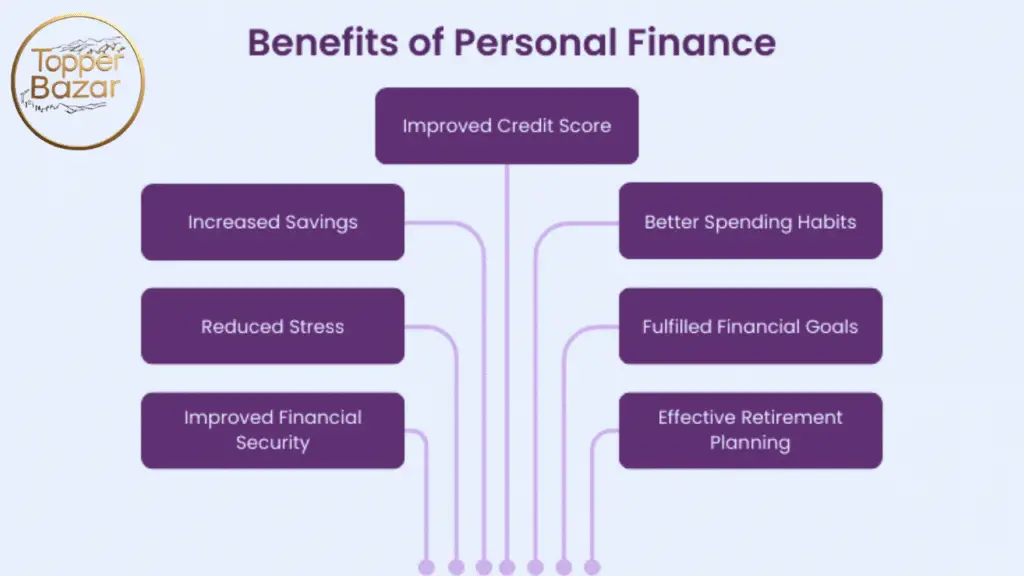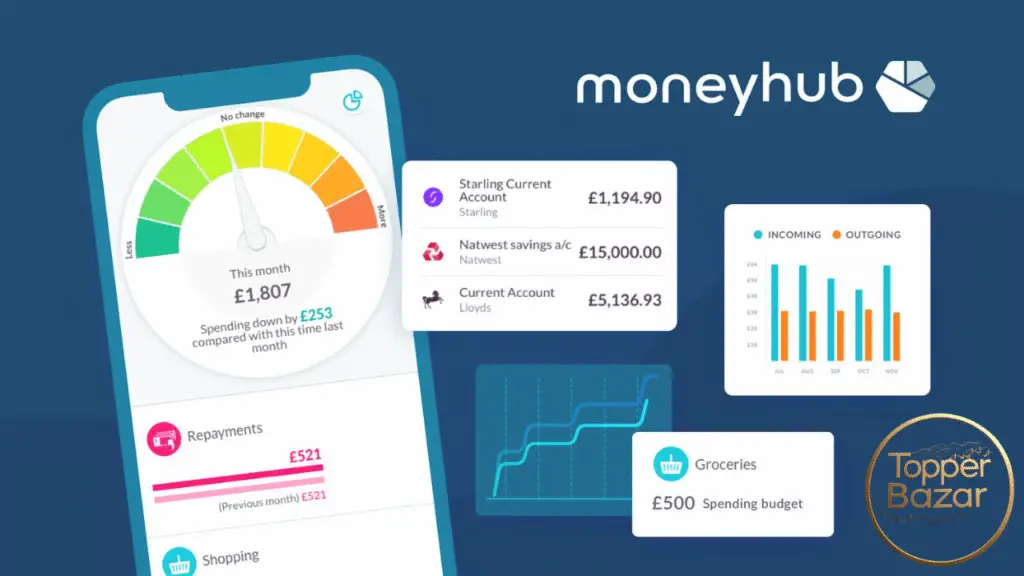How to Cut Grocery Bill by 90 Percent is an ambitious goal that can transform your personal finance strategy, freeing up cash for savings, debt repayment, or investments. Groceries are a major monthly expense, often costing households $400–$1,000, but with deliberate planning and creative habits, you can slash this cost dramatically. While a 90% reduction may require extreme measures, combining multiple strategies can get you close, saving hundreds monthly. This article provides practical, actionable tips to reduce your grocery bill, helping you achieve financial goals without sacrificing nutrition or quality.

Why Cutting Your Grocery Bill Matters
Grocery spending eats up a significant portion of most budgets, with the average U.S. household spending about $475 monthly, according to web sources. Reducing this expense by even 50%—let alone 90%—can redirect hundreds of dollars toward building an emergency fund, paying off high-interest debt, or investing in a retirement account. For example, cutting a $500 monthly bill by 90% saves $450, or $5,400 annually, enough to fund a Roth IRA or boost a high-yield savings account. These savings align with personal finance principles, prioritizing mindful spending to grow wealth.
Strategies to Cut Your Grocery Bill by 90 Percent
Achieving a 90% reduction requires combining multiple cost-saving techniques, from planning and shopping smarter to rethinking how you source food. Here’s how to do it:

1. Plan Meals and Stick to a List
Meal planning is the foundation of cutting grocery costs. Plan your meals weekly, focusing on affordable, versatile ingredients like rice, beans, and seasonal vegetables. Create a shopping list based on your plan and stick to it to avoid impulse buys, which can add 20–30% to your bill.
- Tip: Use a free app like Mealime or Plan to Eat to plan meals based on sales or pantry staples.
- Savings Impact: Planning can cut 20–30% by eliminating waste and unnecessary purchases. For a $500 bill, that’s $100–$150 saved.
2. Shop Sales and Use Coupons
Check weekly store flyers, apps like Flipp, or websites like The Krazy Coupon Lady for discounts on staples. Stock up on non-perishables (canned goods, pasta) when they’re on sale, and use digital or paper coupons for extra savings. Combine coupons with store loyalty programs for deeper discounts.

- Tip: Look for “buy one, get one” deals or clearance items near expiration but still safe to eat.
- Savings Impact: Sales and coupons can save 20–40%, or $100–$200 on a $500 bill.
3. Buy in Bulk Wisely
Purchase staples like rice, oats, lentils, or spices in bulk from stores like Costco or Sam’s Club, where per-unit costs are lower. Only buy what you’ll use to avoid waste, and split bulk purchases with friends or family to diversify without overbuying.
- Tip: Compare unit prices (e.g., cost per ounce) to ensure bulk buys are cheaper than regular stores.
- Savings Impact: Bulk buying can cut 10–20%, or $50–$100, especially for pantry staples.
4. Choose Store Brands and Generic Products
Store brands (e.g., Walmart’s Great Value or Aldi’s private labels) are often 20–50% cheaper than name brands with similar quality. For example, a name-brand cereal might cost $4, while a store brand is $2 for the same amount.

- Tip: Test generics for staples like milk, bread, or canned vegetables to ensure quality meets your needs.
- Savings Impact: Switching to generics can save 20–30%, or $100–$150 on a $500 bill.
5. Embrace Plant-Based Meals
Meat, poultry, and seafood are often the priciest grocery items. Replacing them with plant-based proteins like beans, lentils, tofu, or eggs can cut costs significantly. For example, a pound of chicken costs $4–$6, while a pound of lentils is under $1 and yields more servings.
- Tip: Try “Meatless Mondays” or vegetarian recipes from Budget Bytes for affordable, tasty meals.
- Savings Impact: Reducing meat by 50–100% can save 20–30%, or $100–$150, depending on your current meat consumption.
6. Reduce Food Waste

About 30–40% of food in U.S. households is wasted, per web sources. Use leftovers creatively (e.g., turn yesterday’s rice into stir-fry), store perishables properly, and freeze extras like bread or fruit before they spoil. Apps like SuperCook suggest recipes based on what’s in your pantry.
- Tip: Follow the “first in, first out” rule—use older items before newer ones.
- Savings Impact: Cutting waste by half can save 15–20%, or $75–$100 on a $500 bill.
Benefits for Personal Finance and Investing
Cutting your grocery bill by 90% aligns with personal finance and investing by freeing up cash for other goals. Saving $450 monthly from a $500 bill provides $5,400 annually, which can:

- Build an Emergency Fund: Fund a 3-month emergency fund ($6,000) in just over a year.
- Pay Off Debt: Eliminate a $5,000 credit card balance at 18% interest, saving $900+ in interest yearly.
- Invest: Contribute $5,400 to a Roth IRA or mutual fund, potentially growing to $14,000+ in 10 years at a 7% return.
These savings reinforce financial discipline, a key principle of investing, ensuring you have resources to grow wealth without sacrificing nutrition.
Real-World Insights
Web sources highlight success stories. A Reddit user cut their grocery bill from $600 to $100 monthly by meal prepping, using Aldi, and growing herbs, saving $6,000 yearly. Another from The Kitchn saved 70% by sticking to sales and generics, redirecting funds to debt repayment. These examples show that while 90% savings is tough, combining strategies gets you close.
Conclusion
Learning How to Cut Grocery Bill by 90 Percent is a powerful way to boost your personal finance and investing goals. By planning meals, shopping sales, choosing generics, embracing plant-based meals, and using tools like cashback apps or no-spend challenges, you can slash costs dramatically. While a 90% reduction requires effort and lifestyle changes, even 50–80% savings can free up thousands annually for savings or investments. Start with one strategy, track your progress, and watch your grocery bill shrink while your financial future grows.




